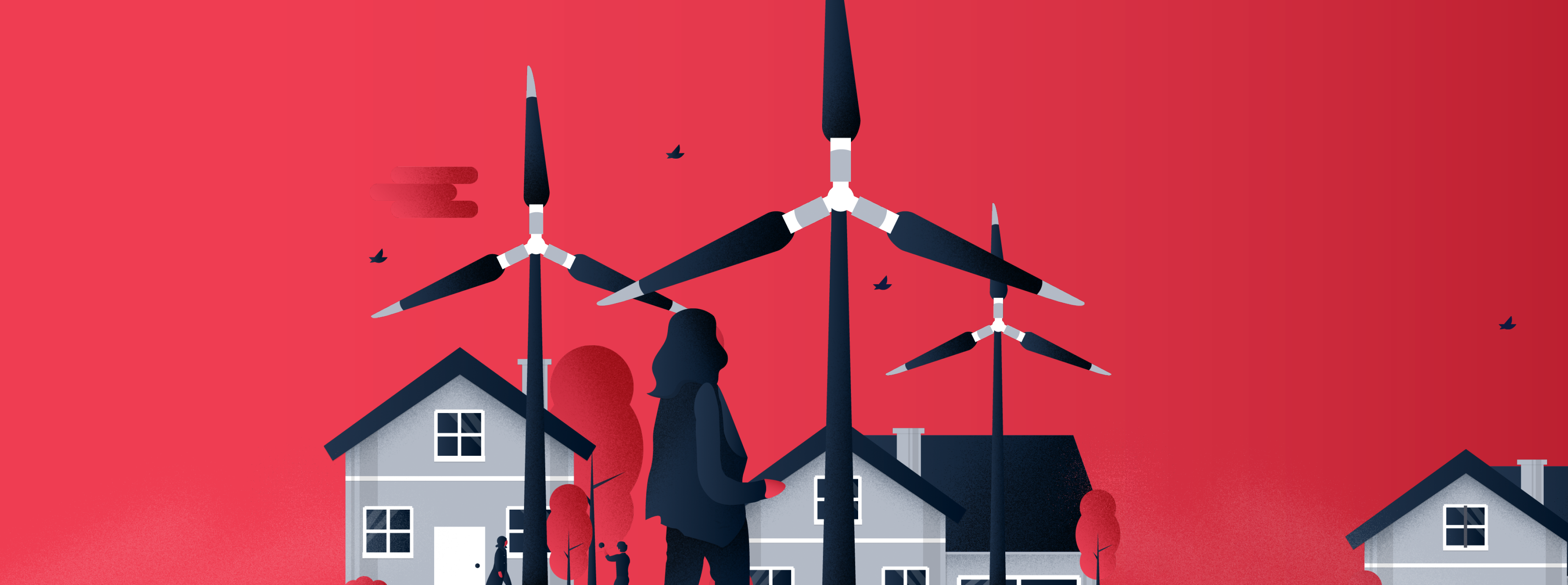Climate Technologies for adaptation - Climate Tech

- {{"article.by"|translate}} Prof. Valentina Gechevska
- {{"article.posted"|translate}} 29-07-2020
Climate Technologies for adaptation - Climate Tech
The United Nations Framework Convention on Climate Change (UNFCCC), as an international environmental agreement, as a response to the emerging impacts of the climate change. In this context, the term "climate technology" is frequently used and refers to the technologies that we use to address climate change. In general, climate technologies are evolving in two directions: mitigation and adaptation.
What exactly are climate technologies for adaptation Climate Tech?
Climate Tech is a rapidly emerging industry in which data-driven products are developed to enable communities, companies, governments and stakeholders to understand their risk and exposure to the effects of climate change and take action to adapt and become resilient.
Technologies for clean energy — like solar, wind, hydro and biofuel —do not qualify as Climate Tech, but as Clear Tech, under this definition.
Climate Tech’s starting point is the clear-eyed recognition that climate change has already begun and there is not a moment to lose in preparing our civilization for its impacts, but urgent action is needed.. Climate Tech solutions are being developed as products present in a variety of industries, with some being more universally applicable, such as those for the logistics sector and supply chains, and some being more specific, such as those for agriculture and health.
Solutions come in many different forms, and today in the context of the digital revolution, more and more information communication tools are involved, such as software-as-a-service (SaaS), application programming interfaces (API), Internet of Things (IoT) , machine learning, Big Data, cyber-physical systems and devices.
Climate Tech Case
An example of Climate Tech in our environment is the e-platform www.mojvozduh.eu (Fig. 1), which is a software aggregator that processes real-time information for air quality.
Fig.1 e-Platform www.mojvozduh.eu
What Makes a Company Climate Tech?
Climate tech companies have one or more of these characteristics:
· Integration of weather and climate data — whether it’s historical, near-real-time, climate models, or some combination — to produce actionable intelligence.
· Contribution to existing weather and climate datasets.
· Generation and distribution of scientifically sound new weather and climate data and information.
Think your solution or product might fall under Climate Tech?
Check it using this info graphic (Fig.2), through answering the three questions.
1. What is the purpose of the climate solution?
2. Does the solution give the contribution in one of the follow directions?
3. Is the solution a scalable technology?
Fig. 2 Info graphic for classification of Climate Tech
-
Корисни линкови
26-01-2021 -
Справување со климатските промени и загадувањето на воздухот во градот Скопје
29-04-2018 -
Финансирање во климата
28-01-2022 -
Микронаративи
08-06-2022
{{"article.lastestPosts"|translate}}
-
Нови финансирања за унапредување на природата и биолошката разновидност на Зелената агенда за Западен Балкан
11-03-2025 -
Започна проектот за развој на 1-от и 2-от двогодишен извештај за транспарентност и 5-от национален извештај за климатски промени на С.Македонија
04-03-2025 -
Земјоделски форум за климатски промени: Се изнаоѓаат решенија за поголема климатска отпроност на заемјоделието
02-12-2024 -
Заврши COP29, центарален фокус на финасирањето за климата
02-12-2024




 Мод за знаковен јазик
Мод за знаковен јазик Говорен асистент
Говорен асистент Означи линкови
Означи линкови

 Зголеми маус
Зголеми маус